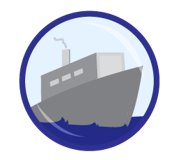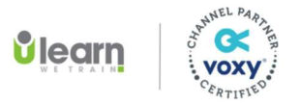
The highly international maritime industry needs trained professionals who can communicate effectively, whether onshore or at sea. Prepare your employees by teaching them about their job responsibilities, how to navigate a ship and how to respond in emergencies.
In this course, learners are taught about different aspects of working on a ship, safety and emergency procedures, meteorology, cargo handling and more.

